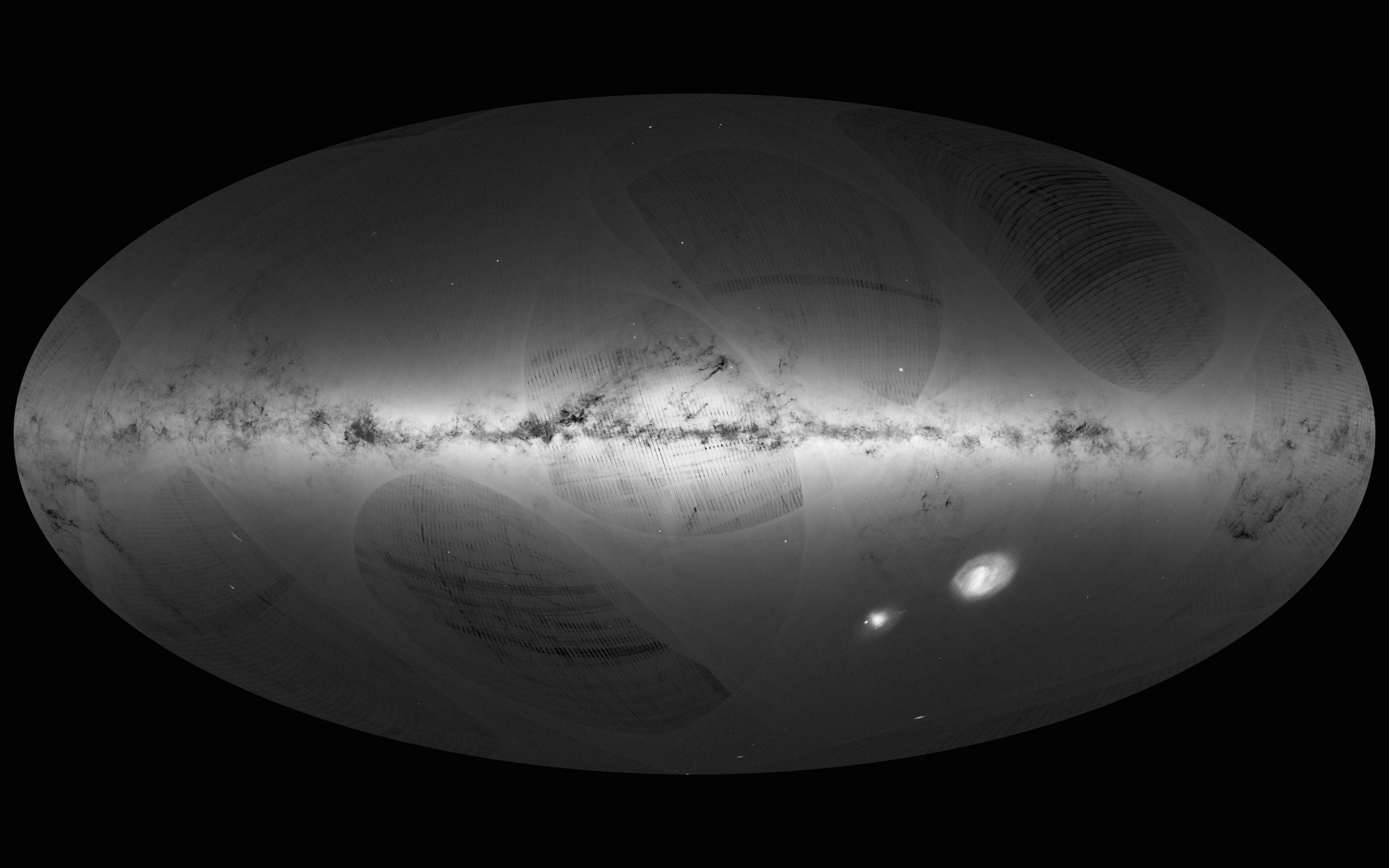Highlights of Gaia DR1 - Gaia
Science highlights of Gaia DR1
At the ESA Science & Technology webpages two stories appeared highlighting the science from our first data release:

- Removed a total of (1) style text-align:center;
Selection of stories related to Gaia Data Release 1
- Removed a total of (1) border attribute.
- Removed a total of (1) cellpadding attribute.
- Removed a total of (1) cellspacing attribute.








































 Sign in
Sign in
 Science & Technology
Science & Technology